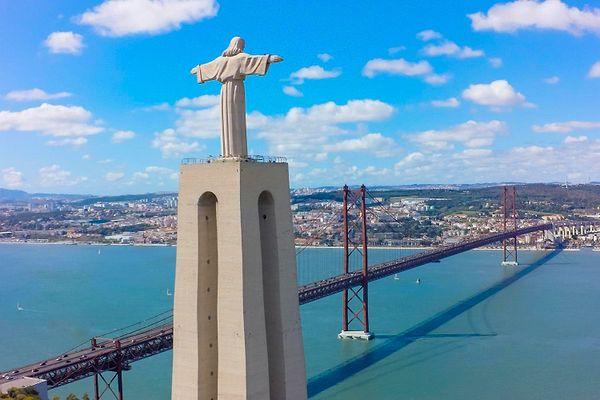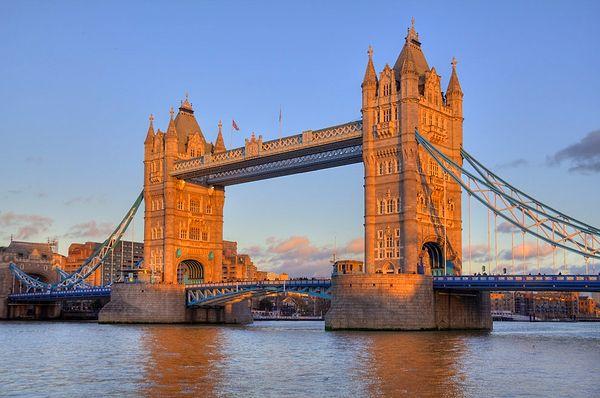Among many iconic structures and buildings in the world, bridges have a special place in architecture. By making transportation easier, they allow cities and people to connect to each other while paving the way for civilizations to flourish. So, they have a special place in history as well. Some of them are so beautiful that we can easily call them masterpieces. Here are 15 of those beautiful bridges that are located in different parts of Europe.
Information about the bridges was taken from Wikipedia.




